Home>Furniture & Design>Office Furniture>How High Should An Office Chair Be
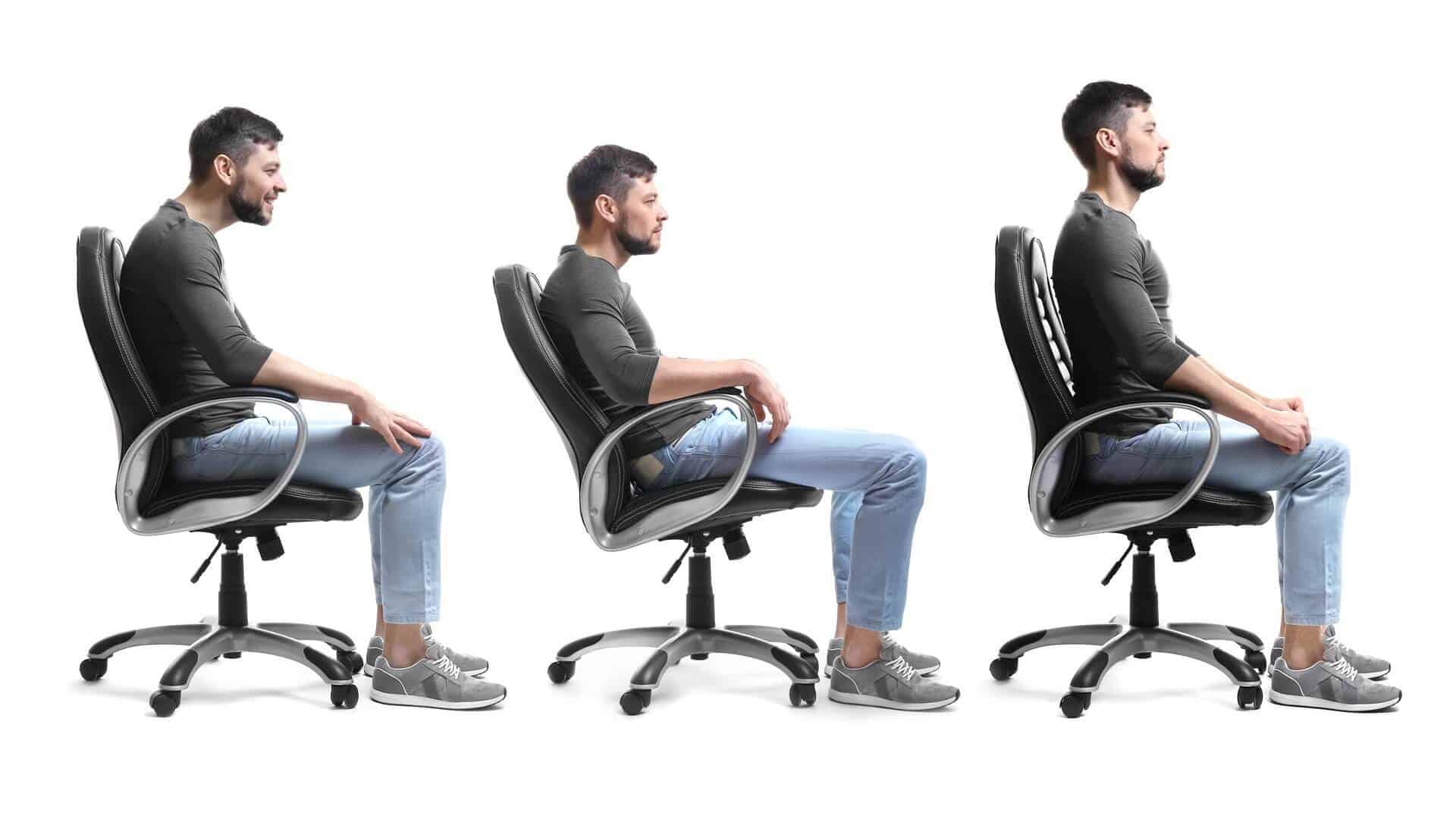

Office Furniture
How High Should An Office Chair Be
Modified: January 14, 2024
Discover the ideal height for your office chair to ensure comfort and productivity. Find the perfect fit with our office furniture and design tips.
(Many of the links in this article redirect to a specific reviewed product. Your purchase of these products through affiliate links helps to generate commission for Storables.com, at no extra cost. Learn more)
Introduction
Welcome to the world of office furniture and design, where every element plays a crucial role in shaping a productive and comfortable workspace. In this article, we delve into the often-overlooked aspect of office chair height. The height of an office chair might seem like a mundane detail, but it holds significant importance in ensuring ergonomic support and overall well-being for anyone spending extended hours at a desk.
The significance of proper chair height cannot be overstated. It directly impacts posture, comfort, and ultimately, productivity. Finding the right chair height is not just about reaching the floor with your feet; it involves a thoughtful consideration of various factors to create an optimal seating position tailored to individual needs.
Join us as we explore the importance of proper chair height, the factors to consider when determining the right height, and practical tips for adjusting chair height to achieve a personalized and comfortable seating experience. Whether you are setting up a home office or revamping a corporate workspace, understanding the nuances of office chair height is essential for promoting a healthy and efficient work environment. Let's embark on this enlightening journey into the realm of office chair ergonomics.
Key Takeaways:
- Proper chair height is crucial for good posture, comfort, and productivity. Factors like desk height and user’s proportions should be considered when determining the right chair height.
- Adjusting chair height is essential for a personalized and comfortable seating experience. Leveraging pneumatic adjustment mechanisms and paying attention to seat height, armrest position, backrest support, and mobility features allows individuals to customize their chair for optimal comfort and functionality.
Importance of Proper Chair Height
The significance of proper chair height extends far beyond mere comfort. It directly influences the overall well-being and productivity of individuals spending prolonged periods at a desk. Here’s why achieving the right chair height is crucial:
- Posture Alignment: A chair set at the appropriate height helps maintain the natural curve of the spine, promoting good posture. This, in turn, reduces the risk of developing musculoskeletal issues such as back pain and stiffness.
- Comfort and Focus: When seated at the correct height, individuals experience improved comfort, allowing them to focus on tasks without distractions caused by discomfort or awkward positioning.
- Circulation and Energy: Proper chair height ensures that the feet can rest flat on the floor, promoting healthy circulation and preventing numbness or discomfort. This, in turn, helps sustain energy levels throughout the workday.
- Prevention of Strain: Adjusting the chair height to align with the desk surface helps prevent strain on the arms, shoulders, and neck, especially when using a computer or performing desk work.
- Overall Well-Being: By supporting proper posture and reducing physical strain, an optimally positioned chair contributes to the overall well-being of individuals, fostering a more positive and comfortable work environment.
Understanding the impact of proper chair height goes a long way in creating a workspace that prioritizes the health and productivity of its occupants. By recognizing the multifaceted benefits of an appropriately positioned chair, individuals and organizations can make informed decisions when selecting and adjusting office seating.
Factors to Consider
When determining the ideal height for an office chair, several factors come into play. Consider the following elements to ensure that the chair height aligns with the specific needs and preferences of the individual:
- Desk Height: The height of the desk or workstation should complement the chair height. The two should work in harmony to create an ergonomic setup that promotes comfort and efficiency.
- User’s Height: Individuals vary in height, and the chair should be adjusted to accommodate the natural proportions of the user. This ensures that the feet can rest flat on the floor, maintaining stability and comfort.
- Leg Position: The angle between the thighs and the lower legs should be slightly open, with the thighs parallel to the ground. This position promotes healthy blood circulation and reduces pressure on the lower back.
- Armrests: If the chair is equipped with armrests, they should be adjusted to allow the user’s arms to rest comfortably with the shoulders relaxed. Properly positioned armrests contribute to overall upper body support and reduce strain on the shoulders and neck.
- Seat Depth: The depth of the chair seat impacts the distribution of weight and the support provided to the thighs. It should allow for comfortable seating without exerting pressure on the back of the knees.
- Backrest Height: The backrest should provide adequate support to the lower back, promoting a healthy spinal alignment. Adjusting the backrest height ensures that it complements the natural curvature of the spine.
- Mobility and Swivel: Consider the mobility and swivel capabilities of the chair. A chair that allows for easy movement and rotation can enhance accessibility and convenience within the workspace.
By taking these factors into account, individuals can make informed decisions when selecting an office chair and adjusting its height to suit their unique requirements. A well-considered approach to chair height ensures that the workspace is tailored to promote comfort, productivity, and overall well-being.
The height of an office chair should allow your feet to rest flat on the floor and your thighs to be parallel to the ground. This helps to maintain good posture and reduce strain on your back.
How to Determine the Right Chair Height
Identifying the optimal chair height involves a systematic approach to ensure that the chair provides adequate support and comfort. Here are the steps to determine the right chair height:
- Assess Desk Height: Begin by evaluating the height of the desk or workstation where the chair will be used. The chair’s height should allow the user to maintain a comfortable and ergonomically sound position in relation to the work surface.
- Measure Leg Position: Sit in the chair and ensure that your feet rest flat on the floor. The angle between the thighs and the lower legs should be slightly open, promoting healthy blood circulation and reducing pressure on the lower back.
- Adjust Seat Depth: Check the seat depth to ensure that there is ample support for the thighs without exerting pressure on the back of the knees. Proper seat depth contributes to comfortable and well-aligned seating.
- Evaluate Backrest Support: The backrest should align with the natural curve of the spine, providing adequate lumbar support. Adjust the backrest height to ensure that it complements the user’s posture and promotes a healthy sitting position.
- Consider Armrest Position: If the chair is equipped with armrests, adjust their height and position to support the arms and shoulders comfortably. Well-positioned armrests contribute to overall upper body support and reduce strain on the shoulders and neck.
- Test Mobility and Swivel: Assess the chair’s mobility and swivel capabilities to ensure that it allows for easy movement and rotation within the workspace. A chair that facilitates seamless adjustments and accessibility enhances overall comfort and functionality.
By following these steps, individuals can effectively determine the right chair height to create an ergonomic and supportive seating arrangement. Taking the time to assess each aspect of the chair’s configuration ensures that it aligns with the user’s unique needs and promotes a comfortable and productive work environment.
Adjusting Chair Height
Once the optimal chair height has been determined, it’s essential to understand the process of adjusting the chair to achieve the desired positioning. Here’s a guide to effectively adjusting chair height to create a personalized and comfortable seating experience:
- Utilize Pneumatic Adjustment: Many modern office chairs are equipped with a pneumatic adjustment lever, typically located below the seat. To raise or lower the chair, while sitting on it, simply reach under the seat and pull the lever up to raise the chair or push it down to lower the chair. This allows for seamless and convenient height adjustments.
- Check Seat Height: Ensure that the seat height aligns with the user’s comfort and ergonomic needs. The feet should rest flat on the floor, and the thighs should be parallel to the ground, promoting stability and proper circulation.
- Adjust Armrests: If the chair features adjustable armrests, position them to support the user’s arms comfortably. Properly positioned armrests contribute to overall upper body support and reduce strain on the shoulders and neck.
- Evaluate Backrest Support: Adjust the backrest height to provide adequate lumbar support and align with the natural curvature of the spine. This supports healthy posture and reduces the risk of back strain.
- Test Mobility and Swivel: Ensure that the chair’s mobility and swivel functions allow for easy movement and rotation within the workspace. This enhances accessibility and convenience during work tasks.
By familiarizing oneself with the chair’s adjustment mechanisms and following these steps, individuals can customize the chair height to suit their specific requirements. A well-adjusted chair promotes optimal posture, comfort, and overall well-being, contributing to a more productive and enjoyable work experience.
Read more: When Should A Child Stop Using A High Chair?
Conclusion
As we conclude our exploration of office chair height, it becomes evident that this seemingly simple aspect holds profound significance in shaping a comfortable and productive workspace. The importance of proper chair height extends beyond mere comfort; it directly impacts posture, circulation, and overall well-being. By considering factors such as desk height, user’s proportions, and ergonomic features, individuals can make informed decisions when selecting an office chair and adjusting its height to suit their unique needs.
Determining the right chair height involves a systematic approach, ensuring that the chair provides adequate support and comfort tailored to the individual. By assessing desk height, leg position, seat depth, backrest support, and armrest position, individuals can create an ergonomic seating arrangement that promotes healthy posture and reduces the risk of strain and discomfort.
Adjusting chair height is a straightforward yet crucial process in creating a personalized and comfortable seating experience. Leveraging pneumatic adjustment mechanisms and paying attention to seat height, armrest position, backrest support, and mobility features allows individuals to customize their chair to achieve optimal comfort and functionality.
Understanding the nuances of office chair height empowers individuals and organizations to prioritize the well-being and productivity of those within the workspace. By recognizing the multifaceted benefits of an appropriately positioned chair, individuals can cultivate a work environment that fosters comfort, efficiency, and overall satisfaction.
As we navigate the realm of office furniture and design, let’s continue to embrace the significance of every detail, no matter how seemingly small. By doing so, we can create workspaces that not only reflect our professional ethos but also prioritize the health and comfort of those who inhabit them. Here’s to a future where every chair is perfectly positioned, supporting individuals as they embark on their daily endeavors with comfort and ease.
Frequently Asked Questions about How High Should An Office Chair Be
Was this page helpful?
At Storables.com, we guarantee accurate and reliable information. Our content, validated by Expert Board Contributors, is crafted following stringent Editorial Policies. We're committed to providing you with well-researched, expert-backed insights for all your informational needs.

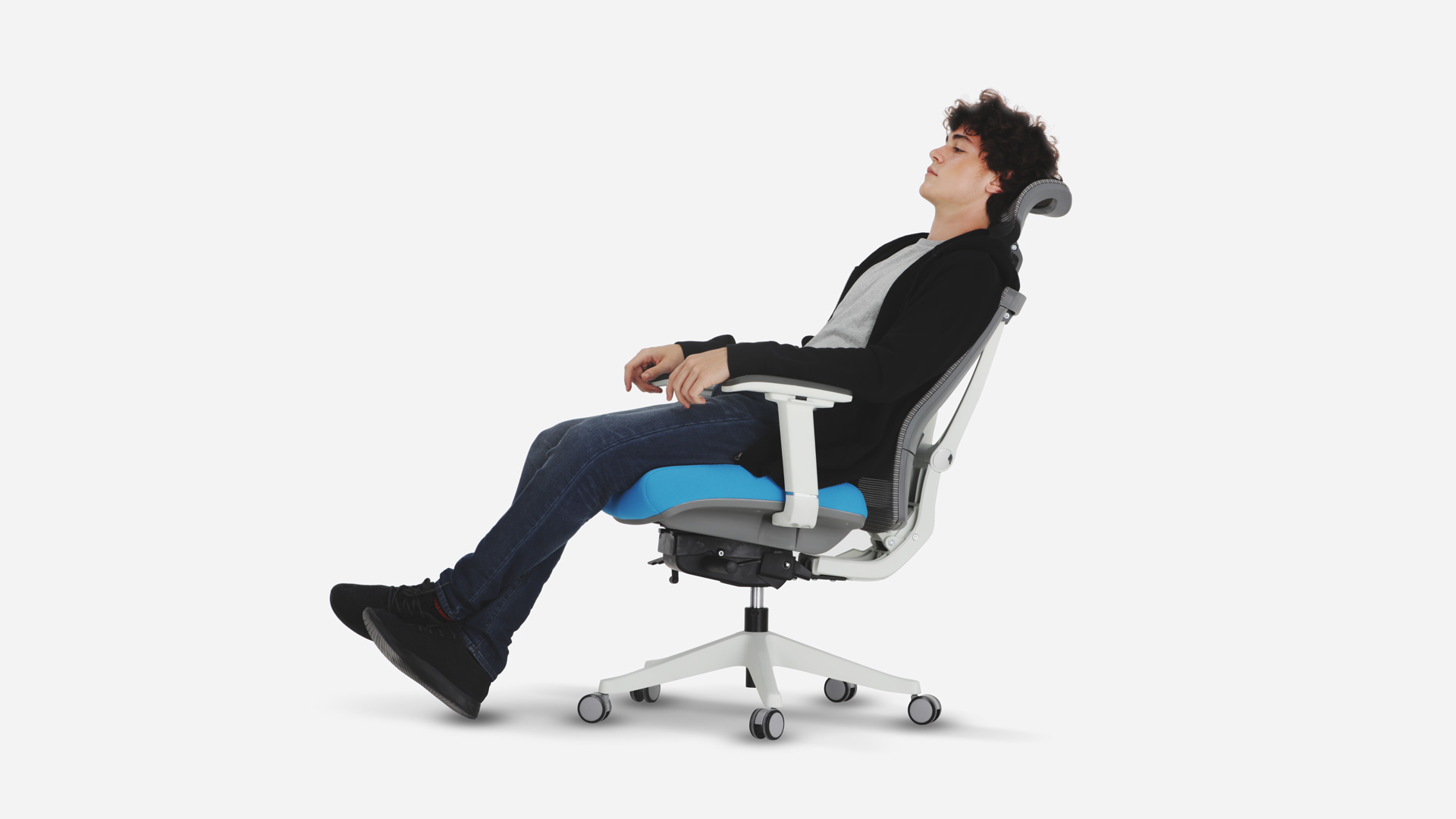
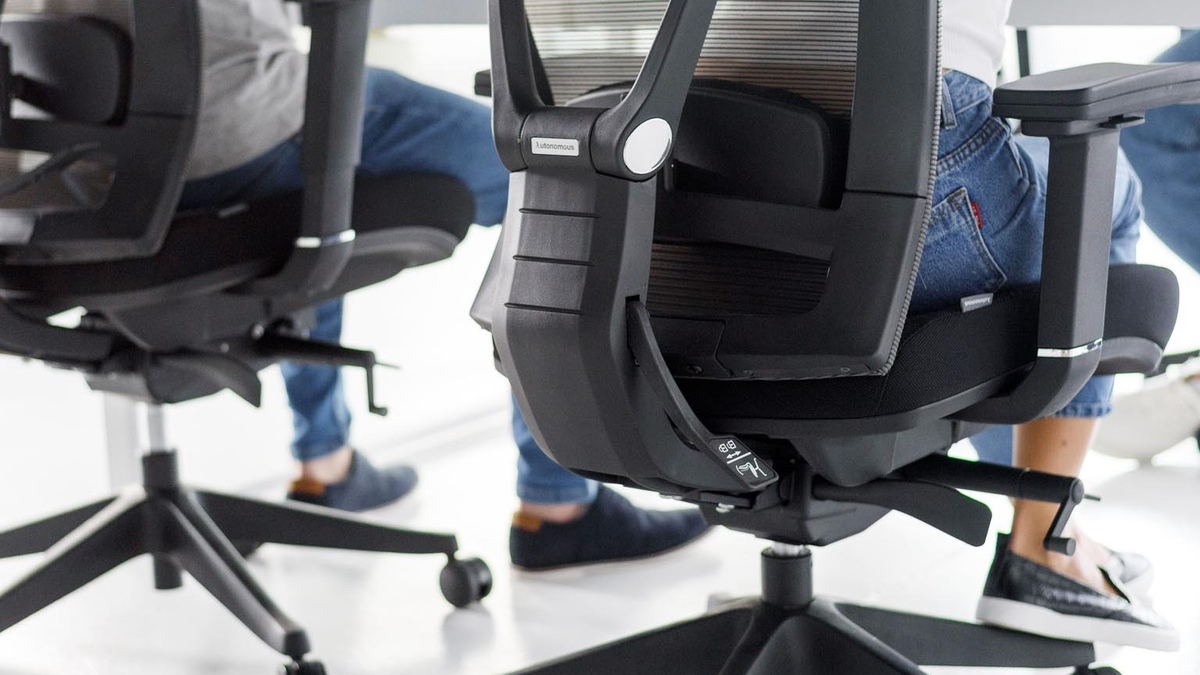

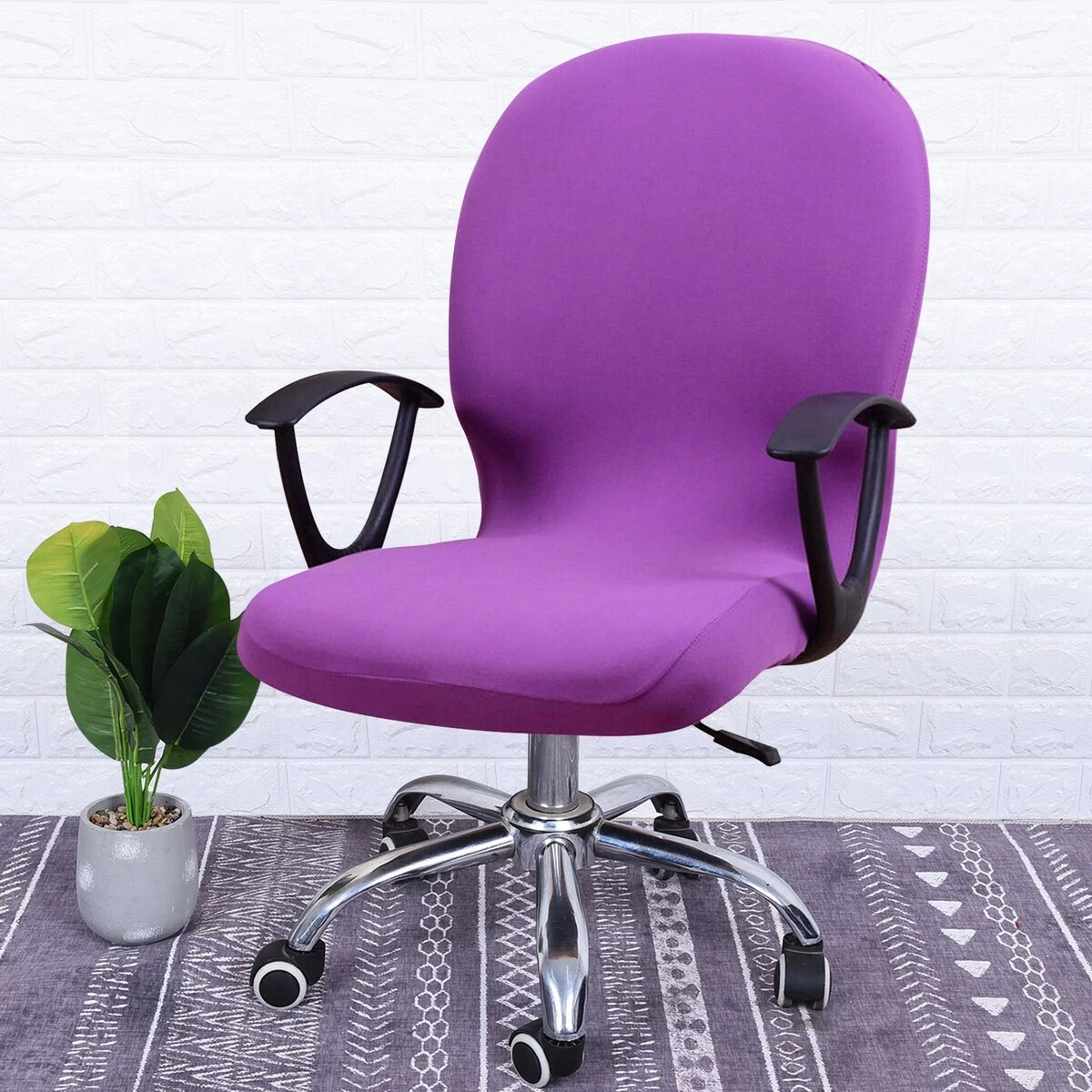
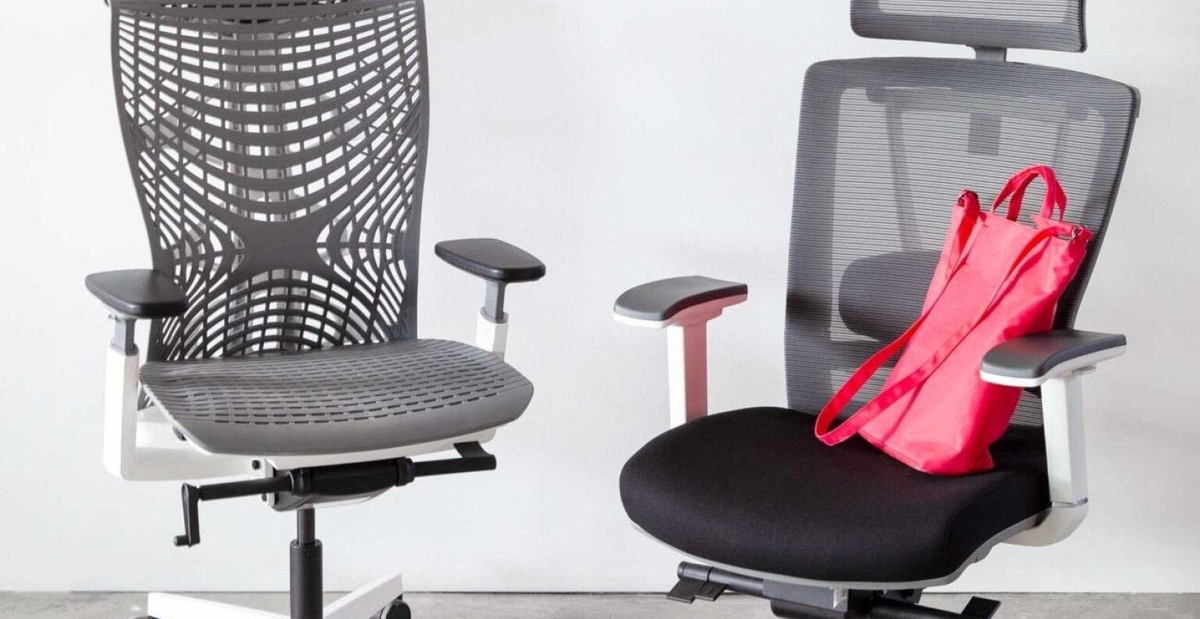
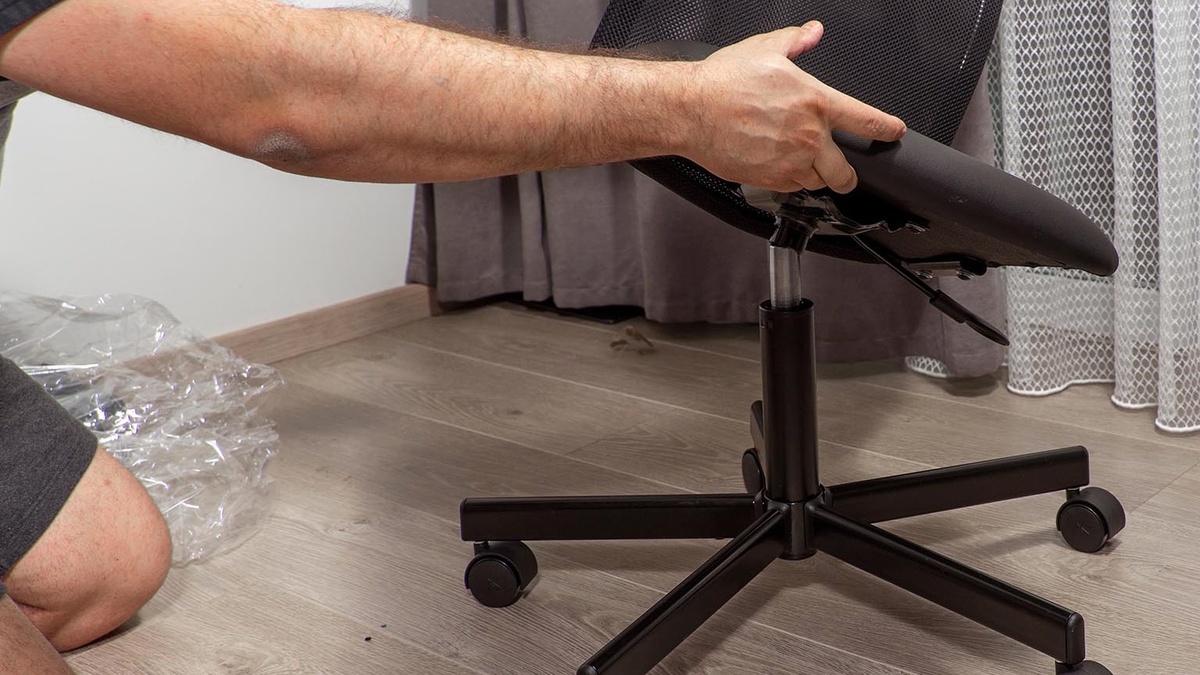
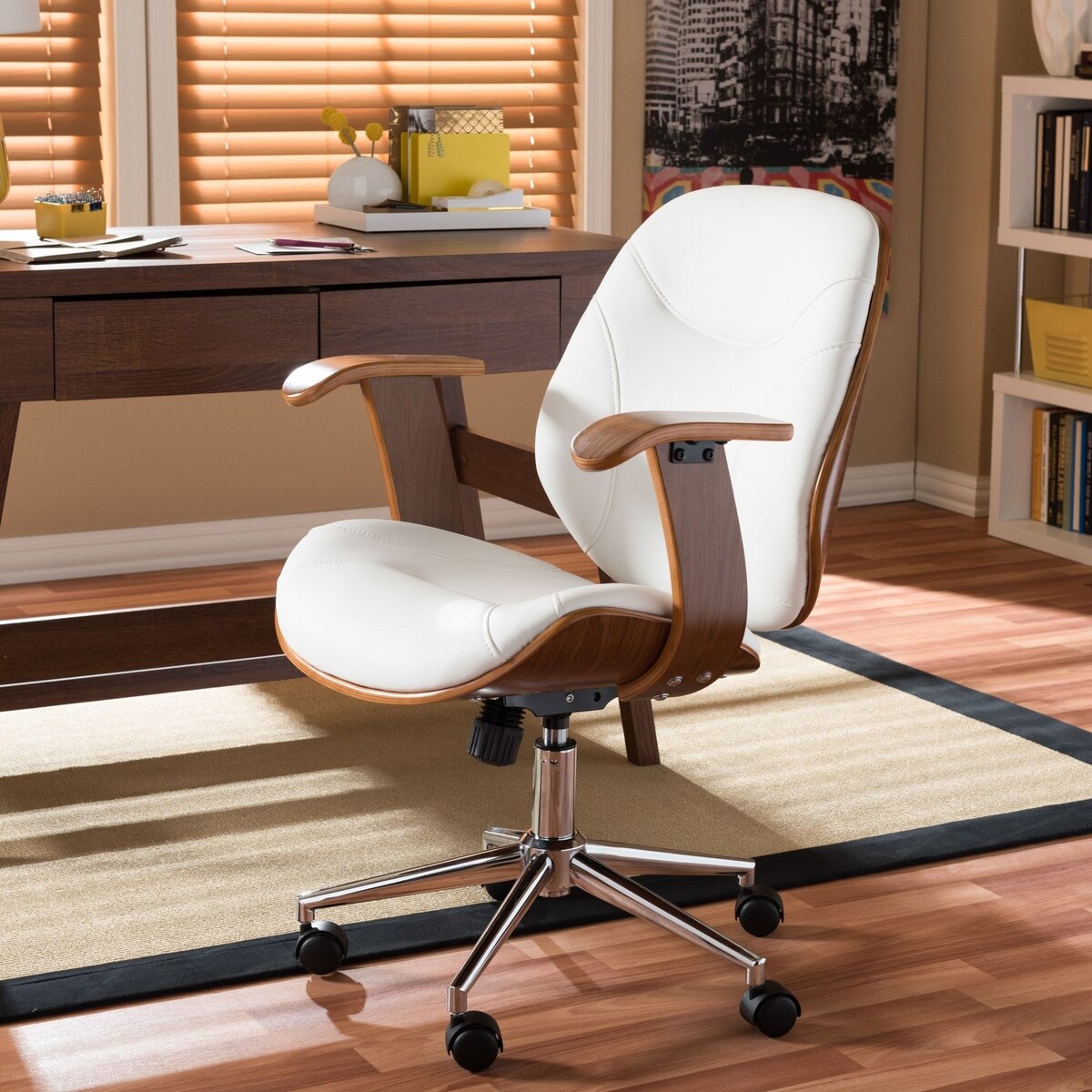
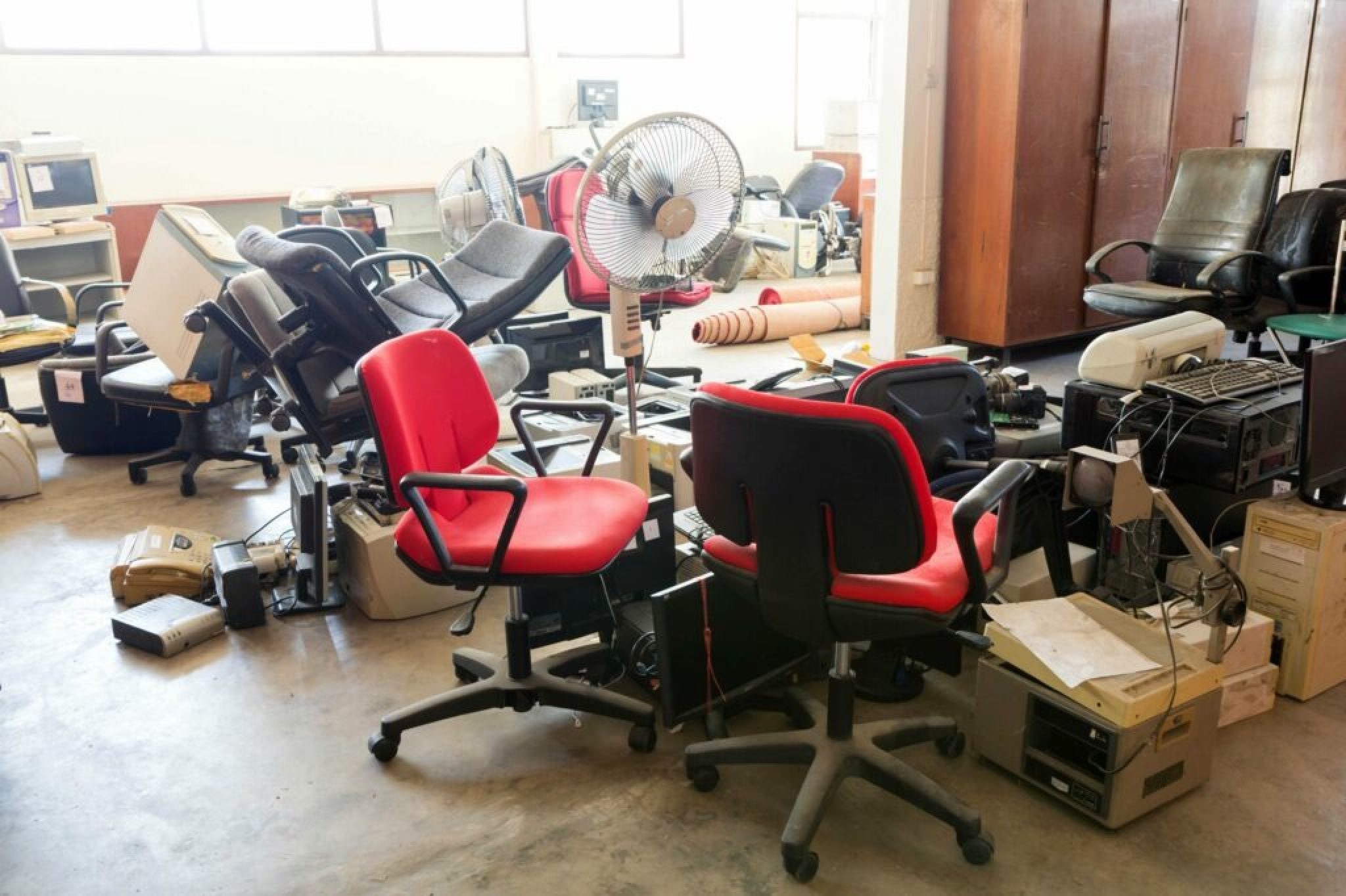
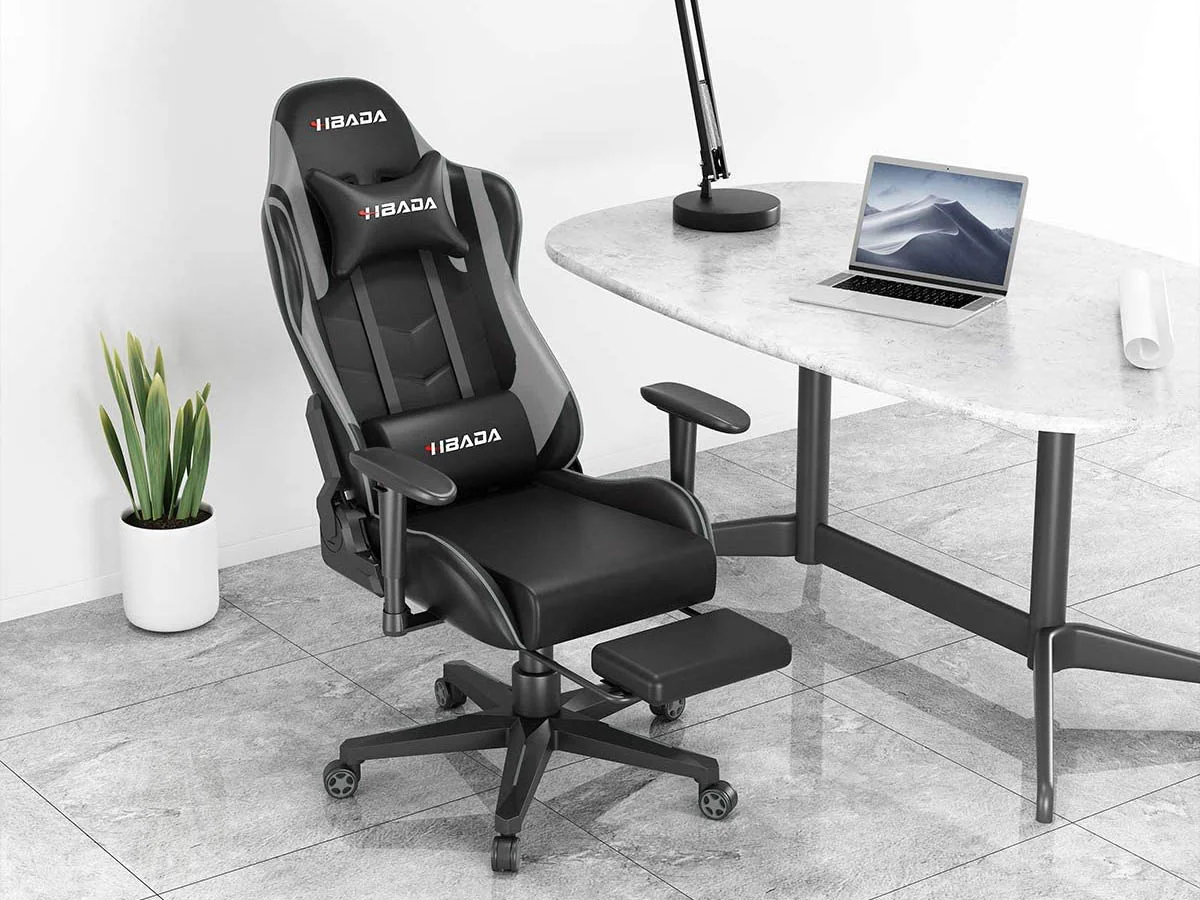
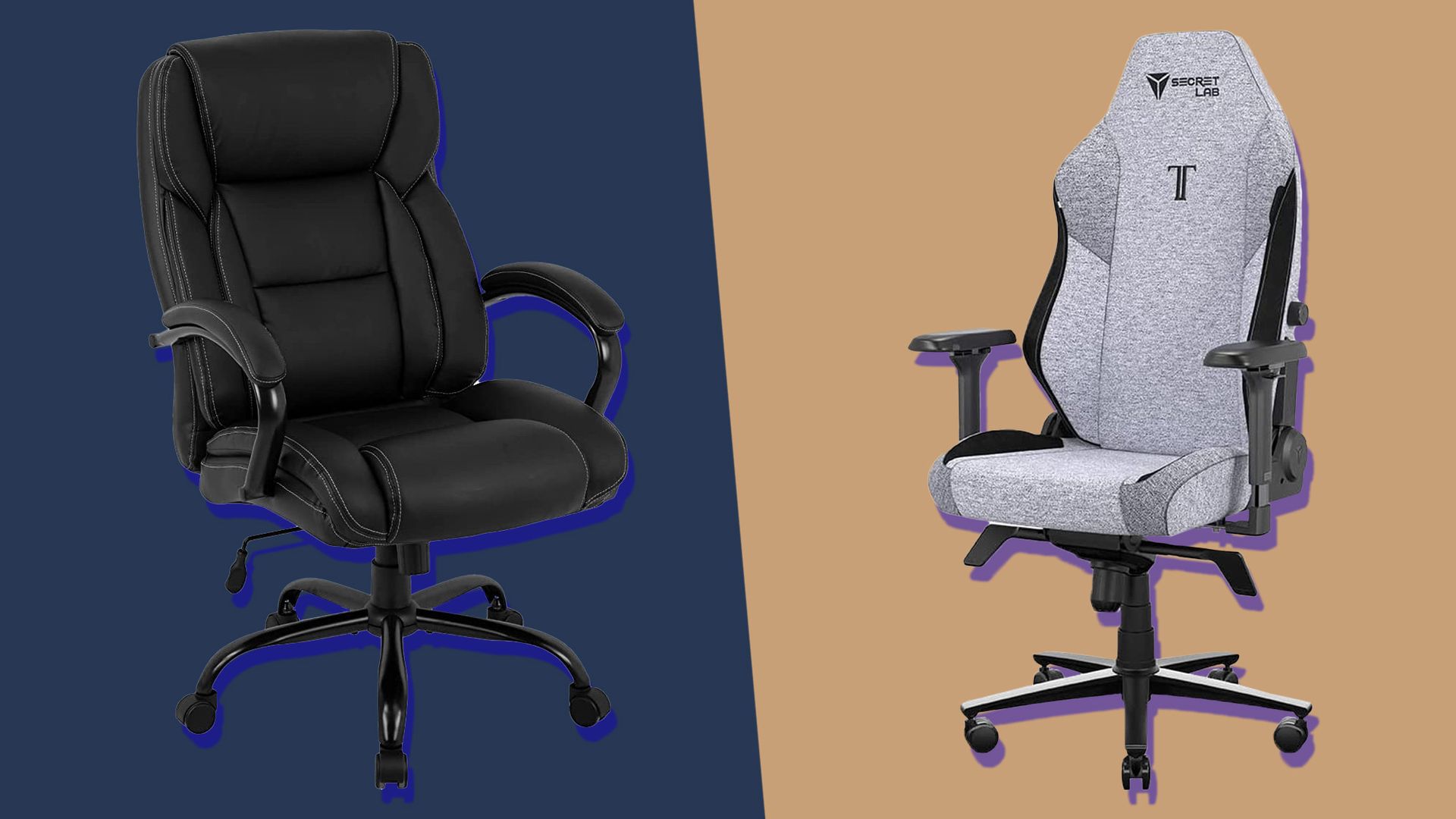
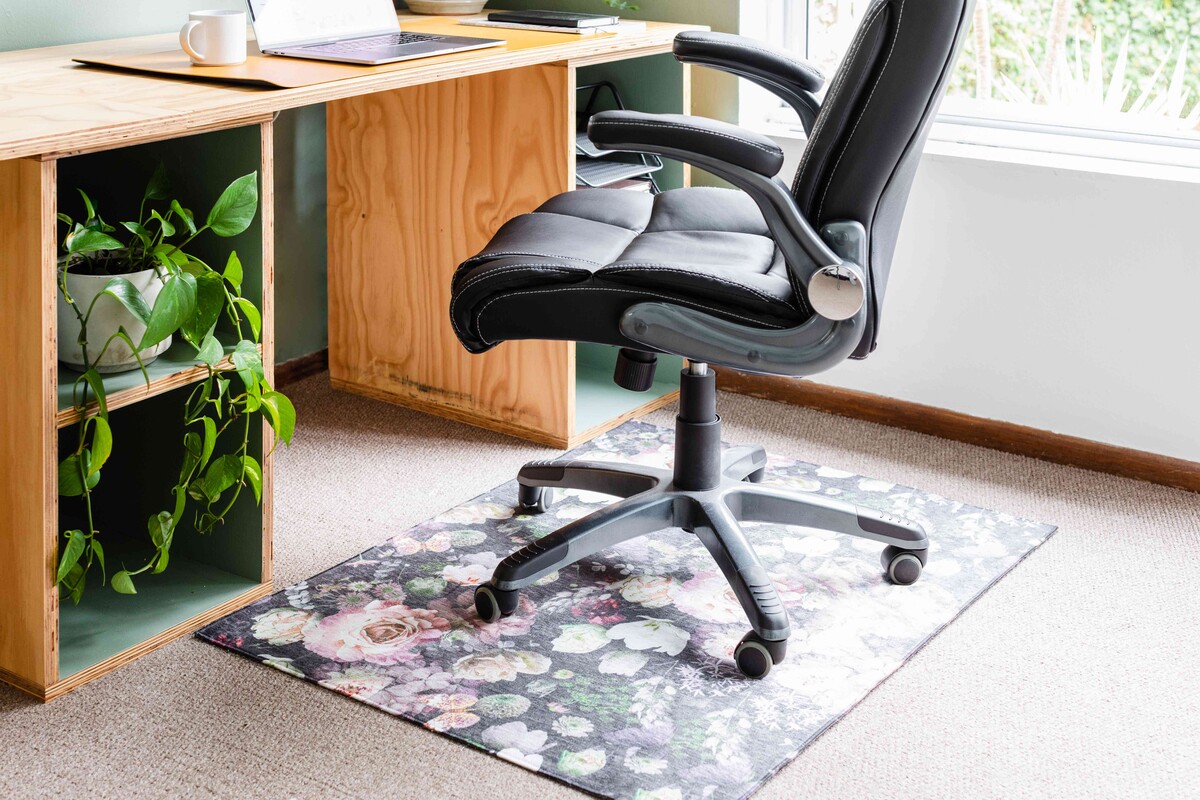



0 thoughts on “How High Should An Office Chair Be”